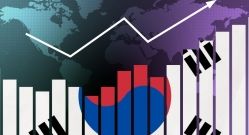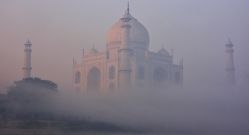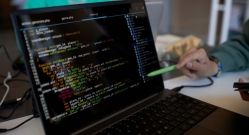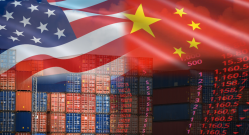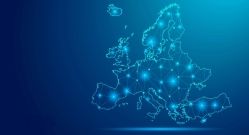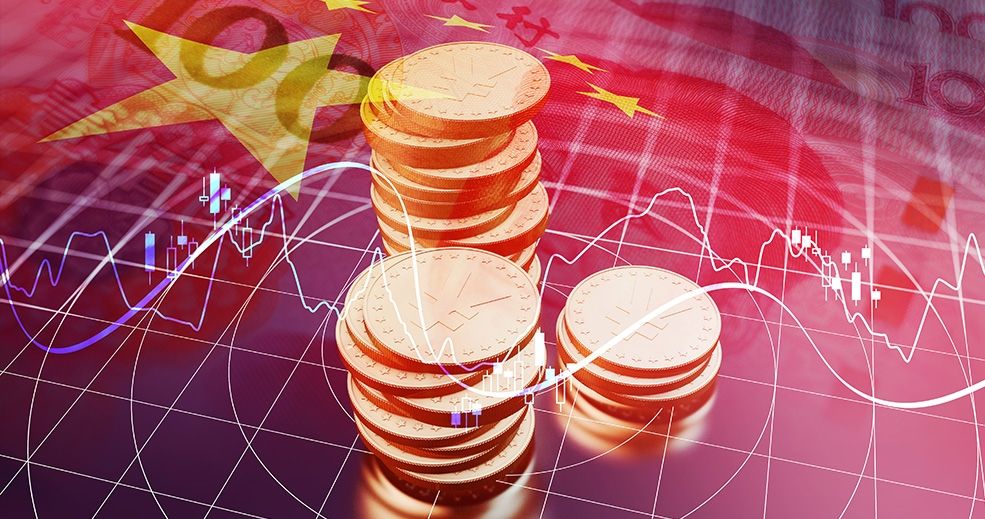
China: a selective and greedy lender of last resort
Having invested heavily in the Belt and Road Initiative between 2012 and 2018, since 2019 China has seen its debtors increasingly run into payment difficulties – a situation that has only worsened since Covid. A recent paper1 by AidData, the William & Mary university research lab, shows that China has had to step up its role as lender of last resort in response to the some of its debtors’ excessive debt levels.
This could, on the face of it, appear to be good news: China had been widely criticised for its tendency to saddle countries with excessive debt and then refuse to come to the negotiating table (for example with the Paris Club) and share its data if those countries default on some or all of their debt. The amount of lending granted to countries in default or near default over the last three years is by no means negligible, equating to around 40% of all IMF programmes.
The problem is that, while China has shouldered a bit more responsibility as lender of last resort, it has not completely let go of its bad habits.
(Re)financing terms
While most of the funding connected with the Belt and Road Initiative was channelled through major state-owned banks (China Development Bank and Exim), bailout operations have mainly relied on two instruments: swap lines between central banks and direct liquidity provision through publicly owned Chinese banks.
Since 2008, Chinese central bank the People’s Bank of China (PBoC) has developed a network of swap lines with 40 or so central banks. The stated aim of these lines was to further internationalise the Chinese currency by enabling these countries to directly pay for their imports from China in renminbi.
However, studies like the one published by AidData show that these swap lines have above all been used by countries with macroeconomic and financial imbalances to alleviate pressure on their currency reserves or compensate for rating downgrades that make it harder for them to access to international debt markets. Of the 17 countries that have drawn on their swap lines, only four have done so under normal macroeconomic conditions and without any signs of stress to their fiscal or external balances. Some swap lines have even been converted into dollars and used to service debt, a case in point being Argentina when it was on the brink of default.
All in all, PBoC bailout operations (creation of new swap lines and near-unlimited rollovers of existing lines) totalled $170 billion over the period 2001-2021.
To this must be added $70 billion in loans (generally bridging-type loans with shorter maturities) and advance payments (e.g. for purchases of commodities) provided by banks (commercial or otherwise) or public corporations which, under international standards, are considered direct balance of payments support, i.e. providing liquidity to help meet external obligations. This brings the total up to $240 billion, $100 billion of which was released over just three years (2019-2021).
A choosy lender of last resort
While China has agreed to play a greater role in combating over-indebtedness, its modus operandi remains far removed from how other traditional funding providers operate.
Firstly, its bailouts are selective: a country is more likely to qualify if it is a participant in the Belt and Road Initiative and heavily in debt to China. Unlike international organisations, China is more willing to help if it sees a direct benefit to itself in doing so. Moreover, its bailouts tend to be concentrated in middle-income countries (Argentina, Ecuador, Russia, Turkey) which can afford higher repayments than low-income countries, particularly in Africa.
Secondly, just like China’s loans in connection with Belt and Road projects, financing terms are often opaque. Since swap lines have short maturities (between 3 and 12 months), they are not usually reported as debt on countries’ balance sheets. However, given that they are more or less automatically rolled over by the PBoC, thus lengthening their maturity, they should be reported as debt to avoid overestimating net currency reserves.
Lastly, bailouts are not offered at the same price terms as those provided by other multilateral lenders and countries. While the IMF typically charges around 2% interest, often combined with a grace period, China charges 200-400 basis points above its benchmark SHIBOR rate. On the other hand, unlike IMF programmes, China’s loans come without conditionalities on the trajectory of public finances, privatisation programmes or structural reform.
Largely responsible for increases in many countries’ public debt levels, China, the world’s largest creditor, is now seeing many of its debtors face payment difficulties. These difficulties have been aggravated by rising interest rates and, above all, sharp dollar appreciation in 2022, with affected countries’ debt largely in foreign rather than local currency.
Notably absent from forums and groups focused on sovereign debt, in particular the Paris Club, China appears to have begun to accept part of the default risk it has helped create by acting as a lender of last resort. However, this role remains selective and is confined to medium-sized economies with more stable state structures and higher repayment capacity rather than the least advanced countries, which can only look to the IMF for help. By playing this selective role and charging more for rescue funding than other lenders, China is perpetuating patterns of dependence and continuing to put its national interests ahead of global financial stability… which wouldn’t be so much of a problem if China itself wasn’t a threat to global financial stability.
1 China as an International Lender of Last Resort, AIDDATA, Working Paper 124, March 2023








